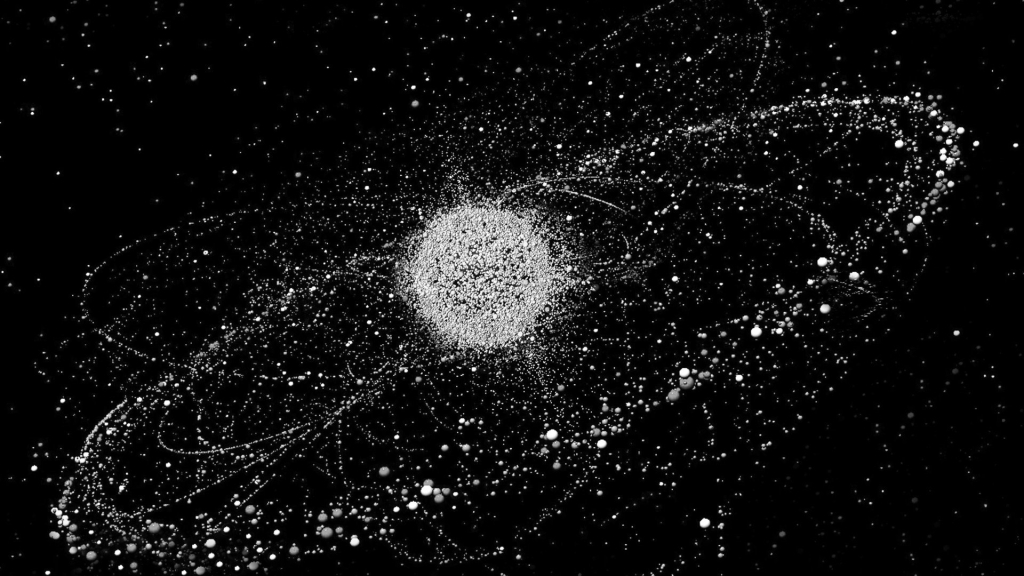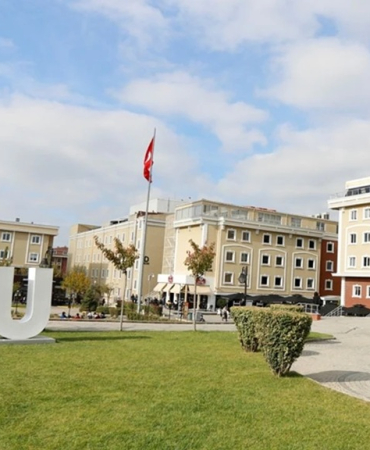The Global Counterspace Capabilities Report, published by the Secure World Foundation in April, examines data from 12 leading countries in the sector, focusing on topics such as anti-satellite weapons, anti-satellite systems, R&D, electronic warfare, and situational awareness in space. The report covers developments up to February 2024, evaluating countries’ current and future capabilities as well as their military applications. Among the countries included are the United States, Russia, China, India, Australia, France, Japan, Iran, Israel, North Korea, South Korea, and the United Kingdom.\
The report is divided into three main sections. The first section discusses destructive anti-satellite weapons (ASAT) tests conducted by the US, Russia, China, and India, as well as the issue of space debris resulting from destructive ASAT tests. The second section includes countries like Australia, France, Iran, Israel, Japan, North Korea, South Korea, and the United Kingdom that are developing counterspace technologies. The final section addresses counterspace cyber capabilities.\
Key developments highlighted in the report include updates on orbital debris resulting from ASAT tests by the US, Russia, China, and India. Notable among these are the X-37B spacecraft by the US and the Shenlong spacecraft by China. The X-37B’s current mission and capabilities have sparked speculation about its use as an orbital bombardment aircraft, covert satellite deployment, or sensor testing.\
China has launched three secretive Shenlong spacecraft between 2020 and 2023 to detect various space debris, with some objects registered by the UN. However, Shenlong has not yet deployed satellites into orbit. The US has revised its military doctrine regarding space operations, emphasizing suppressing enemy space capabilities over achieving space superiority. This includes delegating missile defense responsibilities from USSTRATCOM to USSPACECOM, combining missile warning, missile defense, and space situational awareness under USSPACECOM’s authority.\
The DARC deep space radar program involves the US, Australia, and the UK. Israel has been added to the list focusing on potential direct-ascent ASAT capabilities like the Arrow-3 missile defense system. France’s FLAMHE program seeks to place laser-equipped satellites in geostationary orbit and develop ground-based laser dazzlers through the BLOOMLASE program.\
The report also mentions increasing GPS jamming incidents in the Middle East and East Baltic regions, Russia launching a second satellite for intelligence purposes, China’s DA-ASAT test without creating space debris, and hack-a-thon competitions targeting active satellites for operational attacks. The trend toward preparing for potential combat situations in space highlights the shift from viewing space as a peaceful domain to a potential battlefield. International cooperation is essential for ensuring the continuity of space activities and minimizing risks in space.

















